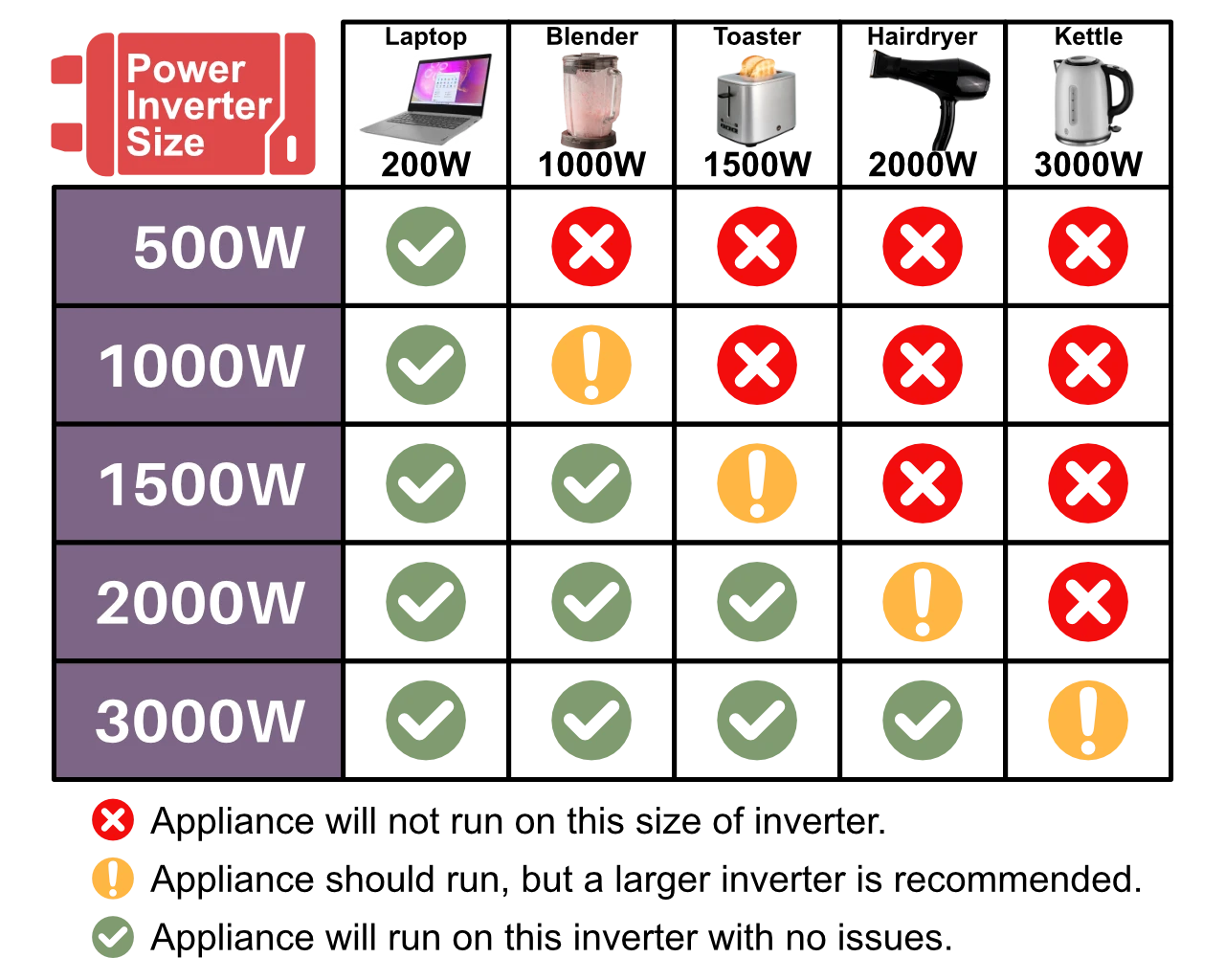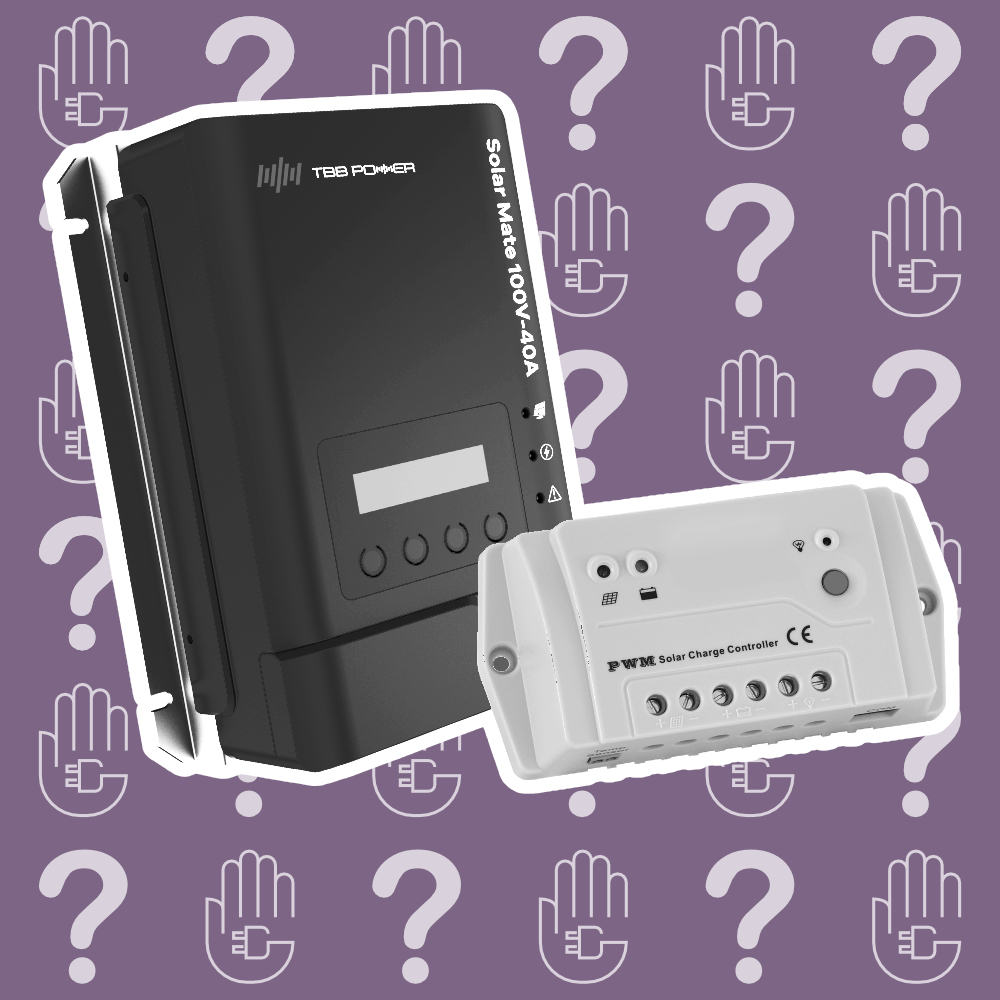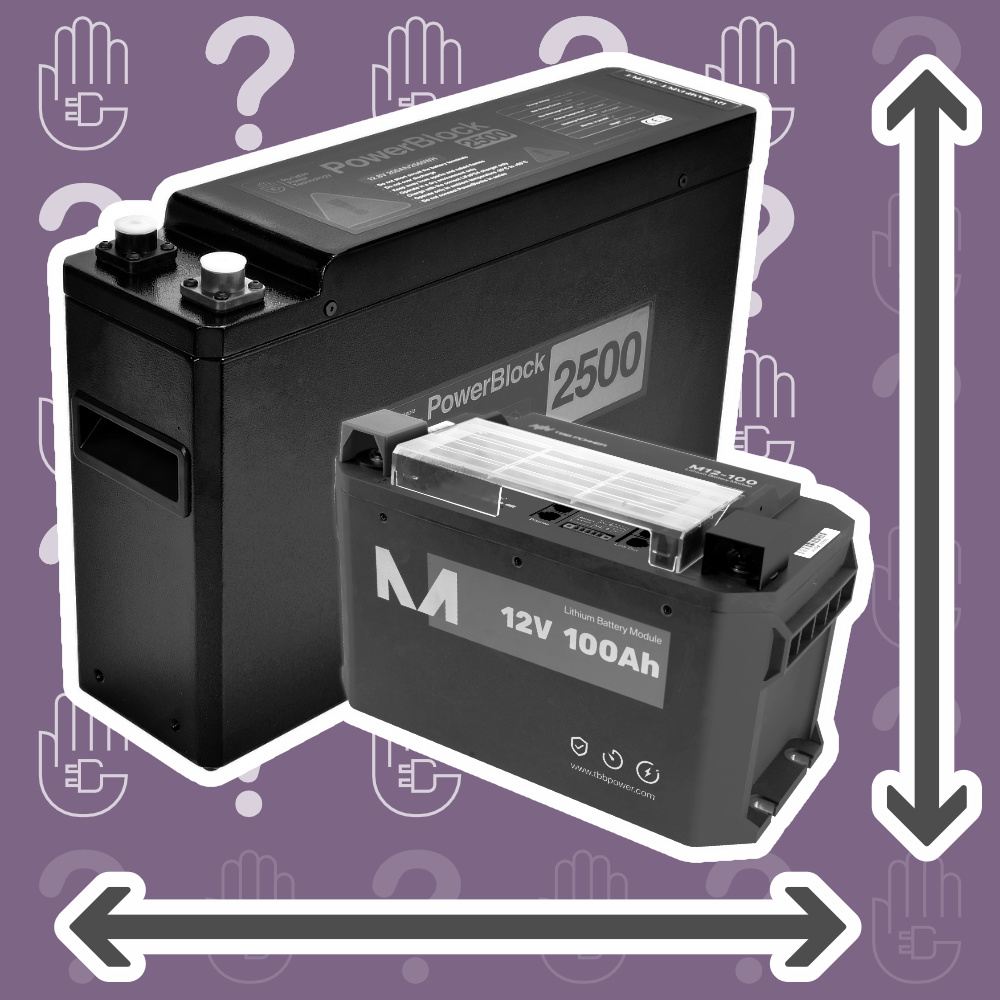A power inverter can be an essential device to bring with you while you're off-grid. Have you ever wondered if it was possible to brew a quick cup of tea while you we're camping? If so then you might have considered using a power inverter to achieve these dreams. These are devices that allow you to run your 230V AC appliances, from a battery source. Allowing you to power your domestic appliances, almost anywhere.
Power inverters work by converting DC power from a battery into usable AC power. Meaning you could run your 230V appliances from your car starter battery. However, not all power inverters are created equal, and not all appliances are suitable to run on them. In this article we're going to explore what you need to know in order to use power inverters safely and effectively.
What is a Power Inverter?
A power inverter is a device that takes in direct current (DC) and converts this into alternating current (AC) so it can power AC appliances.
Firstly there are two main types of power inverters: modified sine wave and pure sine wave. Modified sine wave inverters are the more affordable option and can handle most appliances with a motor, such as power tools or kitchen appliances. However, devices that rely on a clean and steady source of power, such as computers, TVs, or refrigerators, require a pure sine wave inverter. Pure sine wave inverters provide a cleaner and more stable power supply that's closer to the power you get from a power outlet. If you're unsure whether your appliance needs a pure sine wave inverter, check the manufacturer's specifications or contact them directly.
How to Size an Inverter
Before you purchase a power inverter, you'll need to work out the wattage of the appliances you wish to power. A Wattage (W) rating is the measurement of power that an appliance will draw while in use. An appliance's wattage rating is usually indicated on the product label or in the manual. If you're struggling to find this information, you can either search online or use a power meter to physically measure the appliances consumption.
If you only want to power a single appliance, then you've got all the information necessary to size a power inverter.
Should you want to run more than 1 appliance, then we will have to do a very small caclulation.
This involves adding together the wattage ratings from all of the appliances that you want to run simultaneously. This will give you the maximum power draw (W) that you'll ever need to pull from your power inverter at any given time.
It's recommended to add a safety margin of 20% to 30% to the total wattage to ensure that the inverter can handle any sudden spikes in power consumption. This is the figure that you will use to size your power inverter.
Example
So if i wanted to power 4x lightbulbs using 100W each, then I would opt for a Power inverter rated at 500W, rather than one rated at 400W.
( 100W x 4 = 400W ) + 20% = 480W
Most power inverters are rated in multiples of 500, so finding one that is 480W exactly will be tricky.
This is not an issue though, for we can just look for a power inverter thats slightly larger and settle for one rated at 500W.
It's important to factor in only the appliances you want to use simultaneously. You might want to power a 1800W hairdryer as well as a 1500W toaster, but you'll never use both at the same time. This means you could use the same 2000W inverter for both appliances, since you won't need to run the 1800W load and the 1500W load simultaneously. (For a draw of 3300W).
Choosing the Right Inverter
After you determine the maximum power draw (W), you'll need to choose a power inverter that can handle that amount of power. Inverters come in different sizes and power capacities, ranging from small 100w inverters to larger 5000w inverters. As a rule of thumb, its best to choose an inverter that can handle the total wattage you need as well as the extra 20% safety margin.
It's also essential to consider the input voltage of your inverter. Most power inverters require a 12-volt DC input, which is the standard for car starter batteries. However, you can run an inverter from higher voltages, and use 24V or even 48V battery banks to achieve this. Most inverters will only work on 1 specfic voltage ( 12V / 24V / 48V ) so its important to select the one that works for your battery setup.

What battery do I use with an Inverter?
Using a power inverter can be a convenient and cost-effective way to run your 230V domestic appliances in places where there's no access to the mains. However, it's essential to know the wattage of your appliances in order to determine which power inverter will work for you. By following these guidelines, you'll never be disappointed with your purchase.
Of course every Power inverter will need to run from a DC battery. If you want more help in choosing the right battery for you, check out this battery guide from our knowledge centre.
Frequently Asked Questions
Still looking for some answers? Get in touch with us below or call 01474 761051.



